Old Browser
This page has been recently translated and is available in French now.
Looks like you're visiting us from {countryName}.
Would you like to stay on the current country site or be switched to your country?


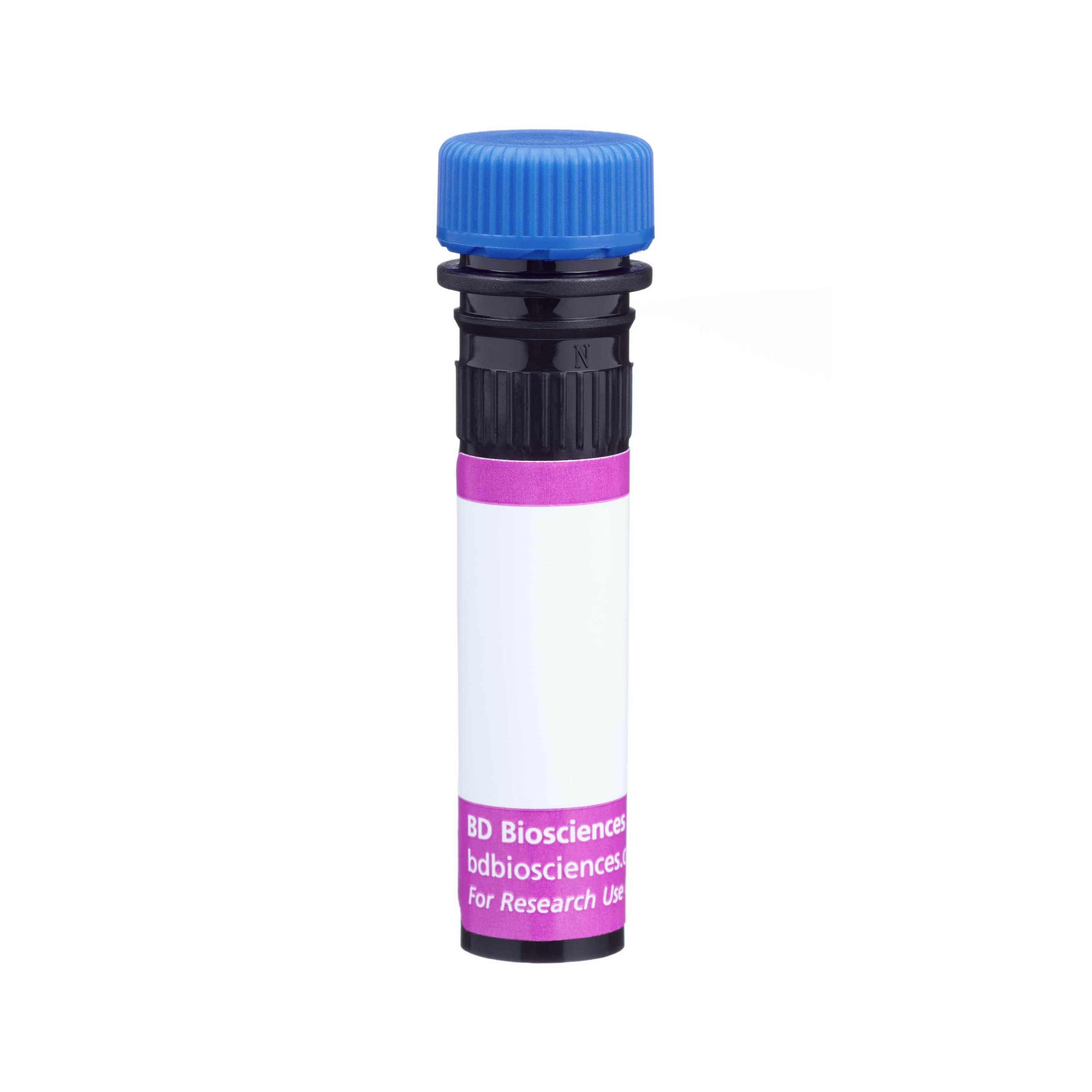

Two-color flow cytometric analysis of NKG2A (CD159a) expression on peripheral blood lymphocytes. Peripheral blood mononuclear cells (PBMC) were costained with APC Mouse Anti-Human CD56 (Cat. No. 555518) and either BD Horizon™ BV421 Mouse IgG2a, κ Isotype Control (Cat. No. 562439; Left Plot) or BD OptiBuild™ BV421 Mouse Anti-Human NKG2A (CD159a) (Cat. No. 747924; Right Plot) at 0.5 μg/test. The pseudocolor dot plots showing the correlated expression of NKG2A (CD159a) [or Ig Isotype control staining] versus CD56 were derived from gated events with the forward and side light-scatter characteristics of viable lymphocytes. Flow cytometry and data analysis were performed using a BD LSRFortessa™ X-20 Cell Analyzer System and FlowJo™ software. The above is qualification data only and does not represent a specific OptiBuild™ lot.


BD OptiBuild™ BV421 Mouse Anti-Human NKG2A (CD159a)

Regulatory Status Legend
Any use of products other than the permitted use without the express written authorization of Becton, Dickinson and Company is strictly prohibited.
Preparation And Storage
Recommended Assay Procedures
BD™ CompBeads can be used as surrogates to assess fluorescence spillover (Compensation). When fluorochrome conjugated antibodies are bound to CompBeads, they have spectral properties very similar to cells. However, for some fluorochromes there can be small differences in spectral emissions compared to cells, resulting in spillover values that differ when compared to biological controls. It is strongly recommended that when using a reagent for the first time, users compare the spillover on cells and CompBead to ensure that BD Comp beads are appropriate for your specific cellular application.
For optimal and reproducible results, BD Horizon Brilliant Stain Buffer should be used anytime two or more BD Horizon Brilliant dyes are used in the same experiment. Fluorescent dye interactions may cause staining artifacts which may affect data interpretation. The BD Horizon Brilliant Stain Buffer was designed to minimize these interactions. More information can be found in the Technical Data Sheet of the BD Horizon Brilliant Stain Buffer (Cat. No. 563794/566349) or the BD Horizon Brilliant Stain Buffer Plus (Cat. No. 566385).
Product Notices
- The production process underwent stringent testing and validation to assure that it generates a high-quality conjugate with consistent performance and specific binding activity. However, verification testing has not been performed on all conjugate lots.
- Researchers should determine the optimal concentration of this reagent for their individual applications.
- An isotype control should be used at the same concentration as the antibody of interest.
- Caution: Sodium azide yields highly toxic hydrazoic acid under acidic conditions. Dilute azide compounds in running water before discarding to avoid accumulation of potentially explosive deposits in plumbing.
- For fluorochrome spectra and suitable instrument settings, please refer to our Multicolor Flow Cytometry web page at www.bdbiosciences.com/colors.
- BD Horizon Brilliant Stain Buffer is covered by one or more of the following US patents: 8,110,673; 8,158,444; 8,575,303; 8,354,239.
- BD Horizon Brilliant Violet 421 is covered by one or more of the following US patents: 8,158,444; 8,362,193; 8,575,303; 8,354,239.
- Pacific Blue™ is a trademark of Molecular Probes, Inc., Eugene, OR.
- Please refer to http://regdocs.bd.com to access safety data sheets (SDS).
- Please refer to www.bdbiosciences.com/us/s/resources for technical protocols.
Companion Products
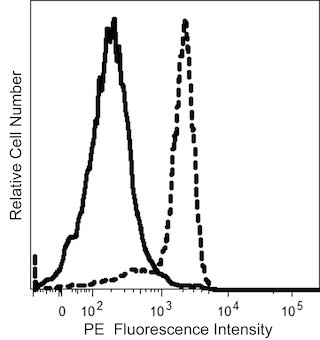
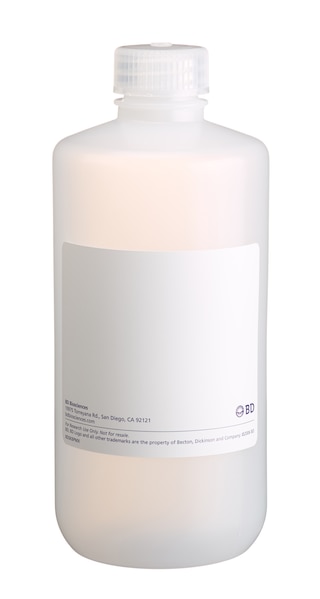
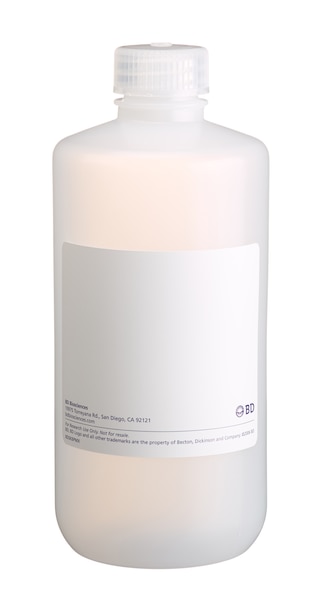
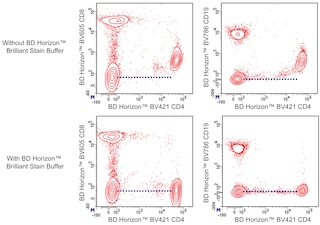
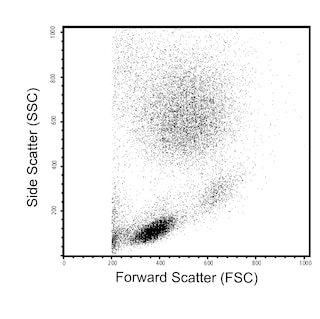
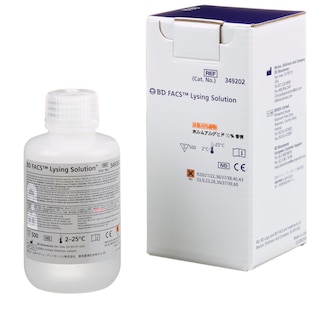
The 131411 monoclonal antibody specifically recognizes NKG2A which is also known as NK cell receptor A, Natural killer cell lectin, Natural killer group protein 2, C-lectin type II protein, or CD159 antigen-like family member A (CD159a). NKG2A (CD159a) is encoded by KLRC1 (killer cell lectin like receptor C1) which belongs to the killer cell lectin-like receptor (KLR) family. This type II transmembrane glycoprotein contains a C-type lectin domain in its extracellular region and two immunoreceptor tyrosine-based inhibitory motifs (ITIMs) in its intracellular region. NKG2A (CD159a) is expressed on NK cells and some T cells. NKG2A (CD159a) forms a disulfide-bonded heterodimer with CD94 that can bind to MHC class I HLA-E molecules on target cells and inhibit NK cell activation.
The antibody was conjugated to BD Horizon BV421 which is part of the BD Horizon Brilliant™ Violet family of dyes. With an Ex Max near 407 nm and Em Max near 421 nm, BD Horizon BV421 can be excited by the violet laser (405 nm) and detected with a 450/50 nm filter. BD Horizon BV421 conjugates are very bright, often exhibiting a 10 fold improvement in brightness compared to Pacific BlueTM conjugates. Due to nearly identical excitation and emission properties but different spillover characteristics, BD Horizon BV421, Pacific Blue, and BD Horizon V450 cannot be used simultaneously.

Development References (4)
-
Houchins JP, Yabe T, McSherry C, Bach FH. DNA sequence analysis of NKG2, a family of related cDNA clones encoding type II integral membrane proteins on human natural killer cells.. J Exp Med. 1991; 173(4):1017-20. (Biology). View Reference
-
Loyon R, Picard E, Mauvais O, et al. IL-21-Induced MHC Class II+ NK Cells Promote the Expansion of Human Uncommitted CD4+ Central Memory T Cells in a Macrophage Migration Inhibitory Factor-Dependent Manner.. J Immunol. 2016; 197(1):85-96. (Clone-specific: Flow cytometry). View Reference
-
Messal N, Mamessier E, Sylvain A, et al. Differential role for CD277 as a co-regulator of the immune signal in T and NK cells.. Eur J Immunol. 2011; 41(12):3443-54. (Clone-specific: Functional assay). View Reference
-
Picardi A, Mengarelli A, Marino M, et al. Up-regulation of activating and inhibitory NKG2 receptors in allogeneic and autologous hematopoietic stem cell grafts.. J Exp Clin Cancer Res. 2015; 34:98. (Clone-specific: Flow cytometry). View Reference
Please refer to Support Documents for Quality Certificates
Global - Refer to manufacturer's instructions for use and related User Manuals and Technical data sheets before using this products as described
Comparisons, where applicable, are made against older BD Technology, manual methods or are general performance claims. Comparisons are not made against non-BD technologies, unless otherwise noted.
For Research Use Only. Not for use in diagnostic or therapeutic procedures.
Report a Site Issue
This form is intended to help us improve our website experience. For other support, please visit our Contact Us page.